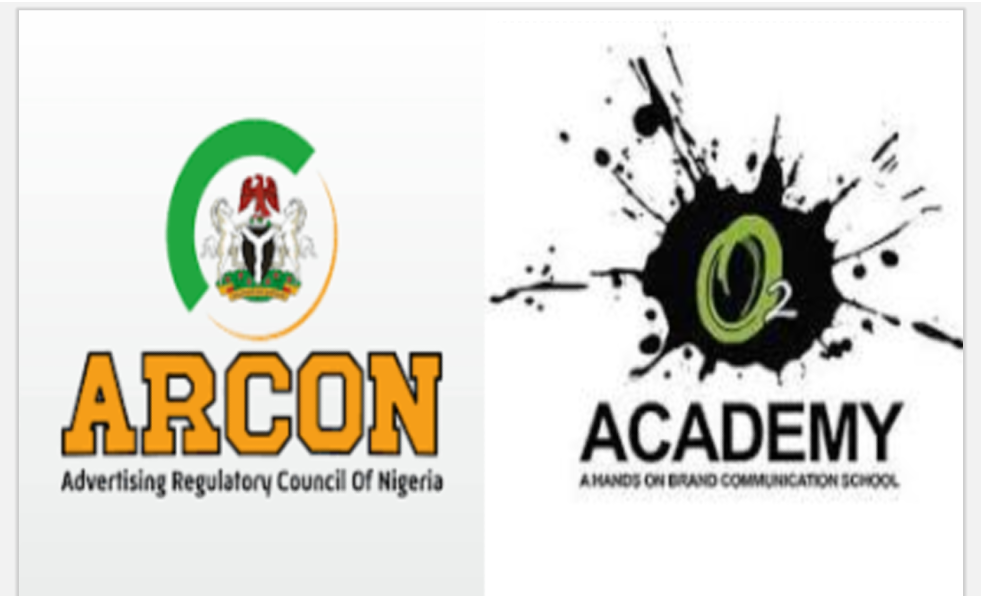Omo Kingsley Abunene, Vice President of the Out-of-Home Advertising Association of Nigeria (OAAN), and Managing Director of Beam Media Ltd, an Out of Home Advertising company, declared at the just-concluded 2025 National Advertising Conference that Out-of-Home advertising remains Nigeria’s most resilient medium in times of economic strain.

Omo Kingsley Abunene,Vice President, OAAN and Managing Director of Beam Media Ltd.
He explained that while other channels may falter and budgets shrink, as well as consumers pull back, he emphasised that OOH stands firm illuminating streets, capturing attention, and driving growth when other media fall silent.
“When economies tighten and businesses trim spending, screens dim and campaigns pause, but OOH refuses to disappear. ”
Abunene noted that every billboard, LED panel, and street activation continues to influence consumer behaviour, sustain brand relevance, and deliver measurable results even in turbulent markets.
OOH: The Enduring Messenger
Describing Out-of-Home as one of the oldest yet most enduring messengers in advertising, he affirmed its ability to reach audiences directly on the streets, ensuring brand visibility where decisions are made and purchases happen.
“In Nigeria’s current economic climate, shaped by inflation, currency fluctuations, forex scarcity, and shrinking household budgets, brands often retreat but OOH keeps the conversation alive.”
OOH Effectiveness and Consumer Engagement
Referencing the OOH Effectiveness Survey conducted by Geopoll in 2020, the OAAN VP reminded participants that 79 percent of Nigerians notice billboards weekly, and 63 percent can recall the brands they see.
Moreover, he stated that many of these encounters lead to measurable actions, including online searches, app downloads, purchases, and content sharing, while pointing out that OOH often outperforms television and several online platforms, ranking second only to radio in effectiveness.
Why OOH Thrives in Downturns
The Managing Director of Beam Media Ltd., further explained that OOH thrives during economic downturns because of its high visibility, targeted audience reach, immunity from ad blockers, and independence from subscriptions or remote-control avoidance.
Nevertheless, he acknowledged ongoing industry challenges, including limited data insights, inconsistent regulation, taxation issues, delayed payments, and cluttered environments that demand cleaner, more organized execution.
Connecting OOH to Business Growth
Connecting OOH to broader business growth levers, he stressed its role in creating awareness, building brand identity, and driving demand. These functions, he said, reinforce the advertiser’s goals around engagement, recognition, and the classic AIDA sequence of attention, interest, desire, and action.
Adapting to Changing Consumer Behaviour
In addressing consumer behaviour during downturns, Abunene highlighted the shifts that require strategic adjustments: prioritization of essentials, reduction in discretionary spending, and increased price sensitivity.
Advertisers, he explained, must refine targeting, messaging, and site placement while leveraging data-driven insights to remain relevant.
Despite all these, he posited that directional signs and other necessary formats maintain intrinsic value because of their role in daily commutes.
The Role of Creativity in OOH
He underscored the importance of creativity in OOH, citing a Coca-Cola campaign in the Middle East where failing to adapt the ad layout for a right-to-left reading audience led to miscommunication. “Creativity must not only be bold but culturally precise,” he stressed.
Empathy and Integration
Abunene encouraged advertisers to adopt empathetic messaging that emphasizes value, affordability, and essential benefits.
He also recommended integrating digital tools such as QR codes, hashtags, and interactive elements to expand engagement across physical and online spaces.
Consistency, he added, remains one of OOH’s greatest strengths, as repeated exposure reinforces memory and influences behaviour.
Analytics and Cost-Effective Strategies
Analytics, he insisted, are crucial, while adding that metrics such as foot traffic, brand recall, and website visits determine ROI.
For recession-era marketing, he recommended cost-effective strategies, including programmatic OOH, BRT mobility formats, indoor placements in airports and malls, lampposts, and short-term campaigns of one to three months designed to generate quick bursts of attention.
Case Studies Highlight OOH Impact
Abunene illustrated these principles with case studies. He revisited Coca-Cola’s World War II advertising, which leveraged OOH to create global nostalgia and emotional resonance, strengthening the brand and opening new international markets.
He also highlighted Kuda Bank’s 2019–2020 campaign, which utilized OOH and experiential channels to achieve remarkable brand traction despite pandemic turbulence.
OOH as the Last-Standing Amplifier
In conclusion, Abunene asserted that Out-of-Home remains one of Nigeria’s most potent tools for reaching consumers, sustaining engagement, and supporting growth even in economic slowdowns.
“In difficult times,” he said, “OOH becomes more than media; it becomes the last-standing amplifier of visibility, relevance, and commercial possibility.”







Comment
No comments found.